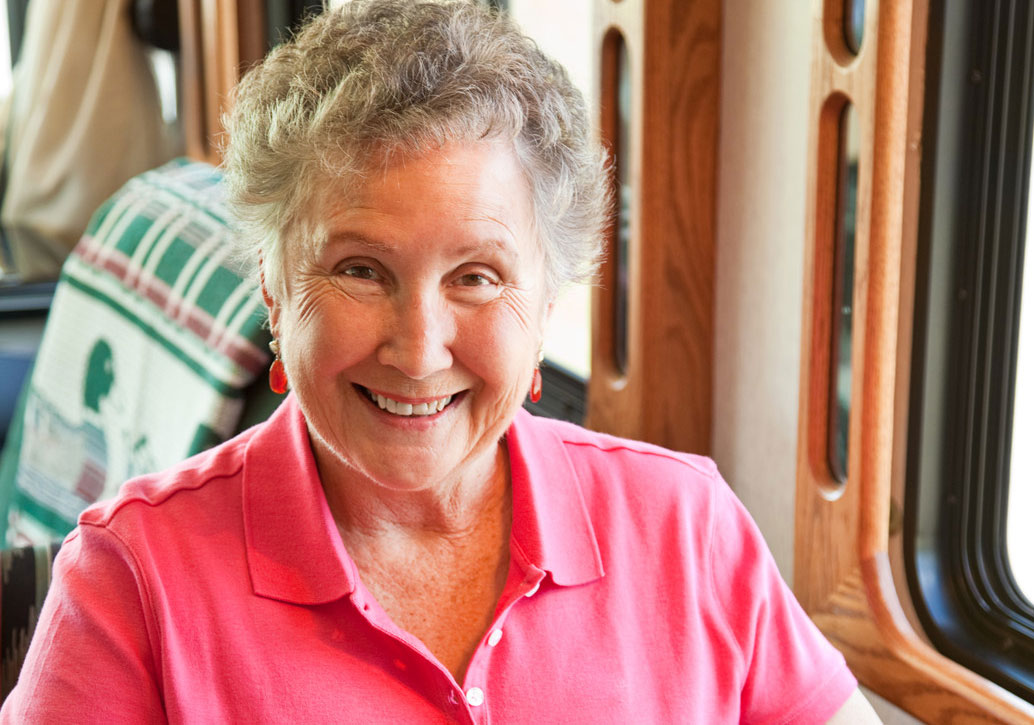…in continuing care settings
By Joan Cody
It is Sunday afternoon. Many residents are enjoying the company of family and friends from the community. Mrs. Lane is sitting in the Front Lounge with her roommate, Mrs. Row, when her daughter Susan comes to visit her. Mrs. Lane has always enjoyed Susan’s lemon drop cookies and of course her daughter has brought some to enjoy with their afternoon tea. As good neighbours do, they invite Mrs. Row to join them.
Continuing care settings support the value of quality of life, individual choice and values, and the creation of homelike environments but they also value and have a strong responsibility to ensure the safety of the residents in their care. With the responsibility of resident advocate, we must take into consideration principles that promote resident independence and choice as well as our responsibility to prevent and remove harm. Accordingly, in relation to potential health risks associated with food that is brought in by families/visitors and either shared or donated to be eaten by all the residents, we must consider how to balance these values.
What if a family member brings in a large birthday cake for their resident’s birthday and suggests that there is enough to share with all the residents? May they do so? What if a visitor has prepared an ethnic dish for a resident and has brought enough to share with the roommate, who is the same ethnicity but is on a purée diet? Does one value have more weight than another? Does the idea of respecting the need to be able to eat food prepared in a manner that respects traditions or ethnicity outweigh our responsibilities for safety? If so, to what degree?
Meaning of food
The values of tradition and belonging are strongly associated with our food. Culturally, food is steeped in a long history that is associated with how we define ourselves. Aside from its nutritional content, it has long been recognized by anthropologists and sociologists that it matters very much what we eat. We identify with good and bad table manners and share food for rituals, festivals and funerals. We identify food with our health, with diets and fast food. We contemplate if the vegetables are organically grown and spend time wondering which yogurt has the least fat content. Children are rewarded with desserts. Farms and empires are built on its growth and consumption. We hunt for it, nurture it and gather it. We smell it, touch it and most of all relish in its infinite variety. In the early years of the 20th century, men expressed their interest in a future bride by purchasing her picnic basket at the county fair. Who cooked the best fried chicken or had the most succulent apple pie? And today there is a TV network dedicated to food preparation, cooking and contests.
We identify with who we are by the way we prepare and share food, by the occasion, our social status and our wealth. Not everyone can afford caviar, nor does everyone appreciate the simplicity of a peanut butter sandwich. In one recollection about a Charlottetown school in the 1920s, the children teased the children of fishers because they had to eat lobster sandwiches every day. They were the ‘poor’ children, while richer ‘townies’ got pork, chicken or beef. A passage from Anne Murcott’s Symposium on ‘Food Habits and Culture in the UK’(1982) points out that “a mouthful of wine will convey very different meanings to the professional wine taster, the Christian celebrating Holy Communion and the alcoholic.” Leach (1976) reminds us that we belong to a world of culture and nature. He has observed: “When we eat, we establish, in a literal sense, a direct identity between ourselves (our culture) and our food (nature).” It is in recognizing these values that long-term care homes can find themselves experiencing collision points with other concerns such as food safety.
The principle of respect for autonomy is the duty to respect and promote an individual’s choice. Self-determination is one of the principles we support the most in our society. This principle is generally respected in society to have more weight than others—autonomous persons get to make autonomous choices. Some common expressions include the idea that adults get to live at risk—indeed have an inherent right to do so. We cannot control everything, nor should we always feel that we must. Coming to understand and define what an acceptable risk level is for Residents and Substitute Decision Makers (SDM) must be explored. Person-centred care is about asking what our residents’ choices are. Educating residents, families and visitors about how to safely share food in accordance with the World Health Organization’s five key principles of food safety may be beneficial. It may be helpful to ask residents and families on admission if they have any concerns with sharing a birthday cake, a rice dish, a plate of cookies or a box of chocolates. Leaving the choice to the resident should always be the first approach.
Choosing to share
It can become more complicated when the principle of autonomy is at risk because of mental capacity. It is important to remember that capacity is decision specific, all adults are presumed to have capacity until contrary demonstration (Covenant Health Capacity Assessment presentation 2014) and is assessed under eight domains. In considering food sharing, should residents who have the capacity to make decisions related to their social engagement have the choice to join in when doughnuts are dropped off for everyone by a well-meaning co-resident’s son? Or is this a health decision? It is also important to remember that in all situations an SDM is always required to make decisions according to the known wishes and best interest of the individual. Beneficence is that authoritative duty but it may not be wielded as a weapon of control. Just because there may be a risk does not mean that the resident, if they had the capacity to choose, would choose not to take it. An SDM must make choices that reflect what the resident would do if they could, not what the SDM would do if they were the resident. There is an important difference.
Practising safety
Safety as a value can be subjective and it can sometimes be hard to sort out appropriate levels of protection. However, it is a value heavy with elements of trust and transparency, where the virtue of health care providers is charged with the responsibility to identify risks. Management of fear is also a real responsibility. We must practise safety in our day-to-day operations in order to protect ourselves from the hypocrisy of merely pretending to value it. While we must protect ourselves from the hypocrisy of merely pretending to value safety by practising it in our day-to-day operations, we should not be looking for zebras in a pasture full of donkeys. With the weightiness of values associated with food tradition and culture, potential safety risks should be based on verifiable risk applicable to the setting. For example, there is no reason to restrict cake if the claim is that foods with raw eggs are a risk.
Further considerations may include education to staff on how to encourage safe sharing and acceptance of food donations. Identification by posters or other methods of communication to families and visitors about foods that may be high risk should be undertaken. Some homes take the food donation to the recreation office or the kitchen and distribute it to those who can enjoy it safely. But there must be an acknowledgement that life will happen and creating a culture where this is accepted is important.
It is important to create guidelines instead of policy and to establish communities within our homes that work together (family and resident councils, educators, food handlers), as all have a vested interest in maintaining food in our homes as more than a nutritional component of care.
Joan Cody, RN, is ethics practice leader at Extendicare (Canada) Inc.













